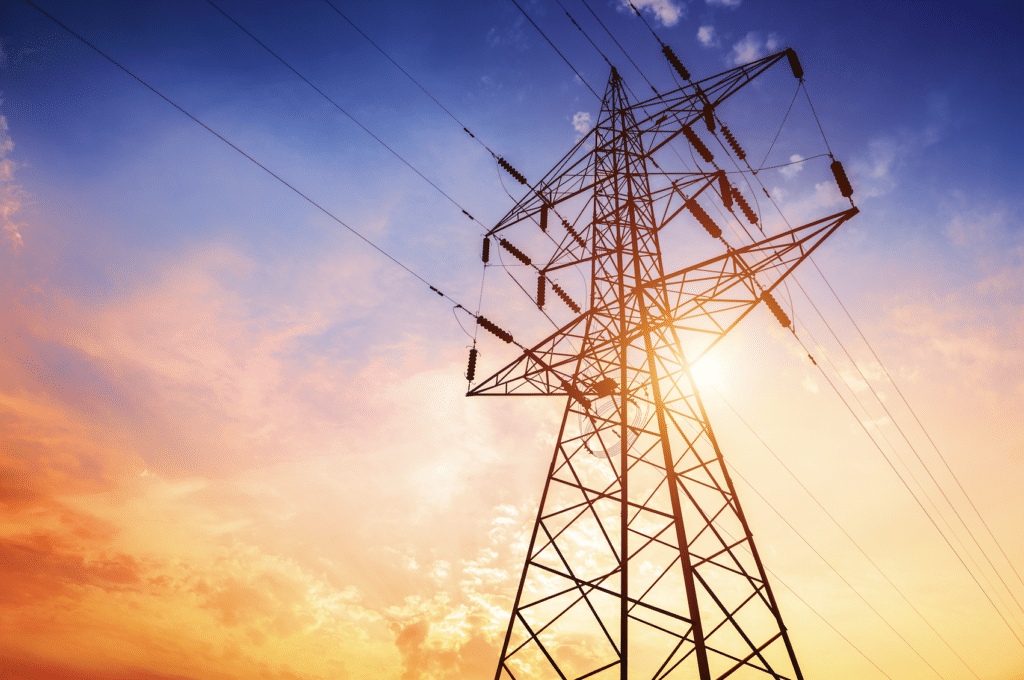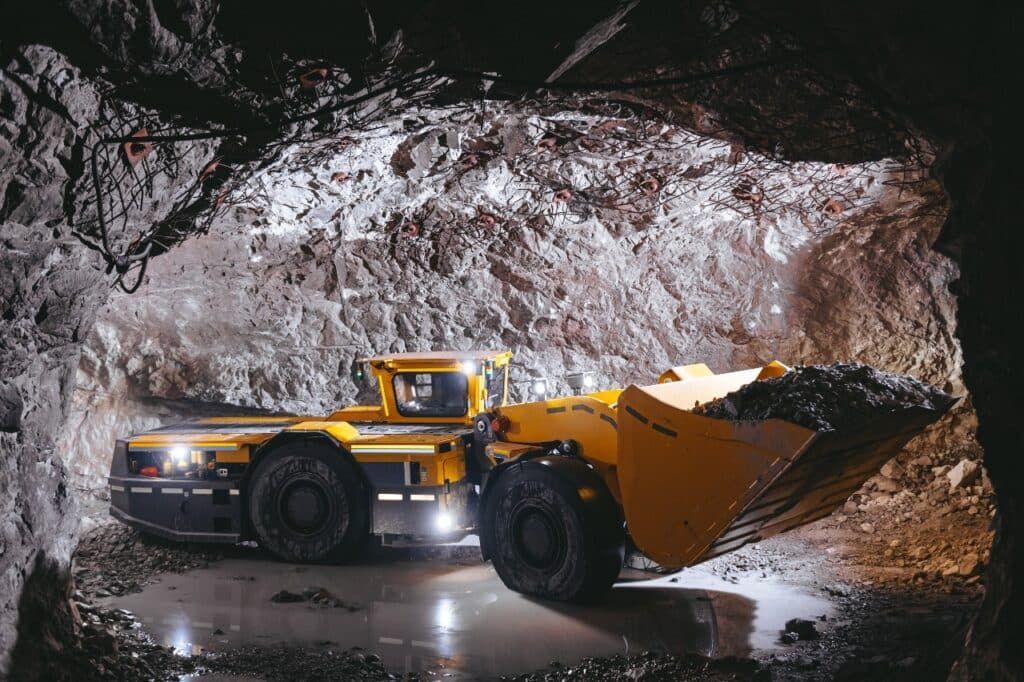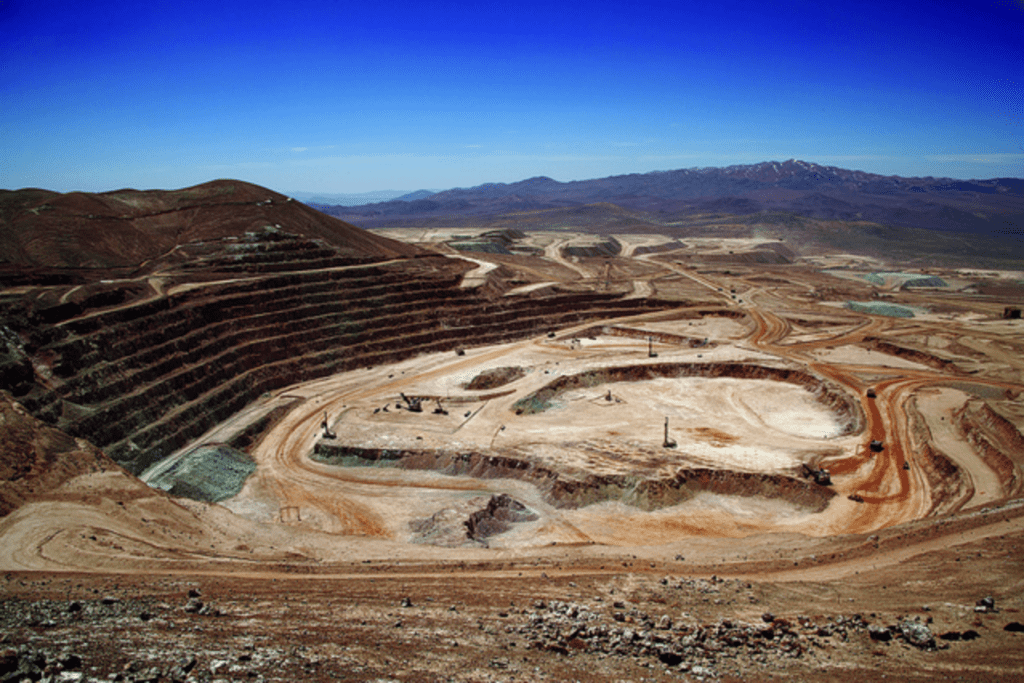Federal Government reveals National Battery Strategy
On May 23, the Federal Government revealed its National Battery Strategy, outlining how it will support the Australian domestic battery industry as it grows. But what does the policy mean for the mining industry?
The strategy
The National Battery Strategy aims to drive economic growth by expanding Australia’s battery manufacturing capabilities and building skills.
It will create a diverse and competitive Australian battery industry by:
- improving Australia’s energy security
- ensuring Australia’s place in global battery supply chains
- driving economic growth
- creating positive social, economic and resilience outcomes for all Australians.
It will focus on areas such as manufacturing, knowledge and skills, global supply chains, sustainability, environment, social and governance, circular economy and government coordination to achieve these objectives.
The National Battery Strategy was released as part of the Future Made in Australia policy, which focuses on creating new jobs and opportunities by maximising economic and industrial benefits from the net-zero emissions transition. Federal Resources Minister Madeleine King previously described the resources industry as “the heart” of the policy.
Critical minerals
The National Battery Strategy will help Australia take advantage of its abundance of critical minerals by leaning into policies such as the Critical Minerals Strategy and Critical Minerals Facility, the latter of which received a $2 billion boost last October.
“We want to make more things here and with global demand for batteries set to quadruple by 2030, Australia must be a player in this field,” Prime Minister Anthony Albanese said. “Batteries are a critical ingredient in Australia’s clean energy mix.
“Together with renewable energy, green hydrogen, and critical minerals, we will meet Australia’s emission reduction targets and create a strong clean energy manufacturing industry.”
Metals used to create batteries such as cobalt, graphite, lithium and nickel are on Australia’s critical minerals list, which outlines minerals that are essential to low-emission technology, the economy and national security, and whose supply chains are vulnerable to disruption.
Industry response
The Australian Academy of Technological Sciences and Engineering (ATSE) has welcomed the strategy, with ATSE chief executive officer Kylie Walker describing it as “a step towards positioning Australia as a global leader in battery production by 2035”.
“The strategy is an opportunity to shift our focus from simply exporting minerals to adding value through advanced manufacturing capabilities,” Walker said.
ATSE especially welcomed the focus on knowledge and skills development, which heeded recommendations from ATSE’s recommendations.
“Meeting current skills shortages and modernising training capacity for future workforce demands is essential,” Walker said.
A total of $523.2 million was allocated to the Battery Breakthrough Initiative in the 2024–25 Federal Budget , which was welcomed by the Chamber of Minerals and Energy of Western Australia earlier this month. The funding will be spread over seven years and administered by the Australian Renewable Energy Agency.
Source: https://www.australianmining.com.au/federal-government-reveals-national-battery-strategy/




